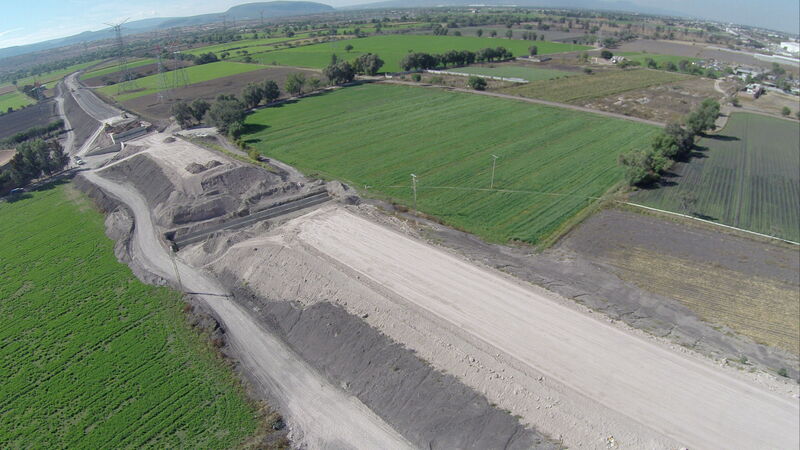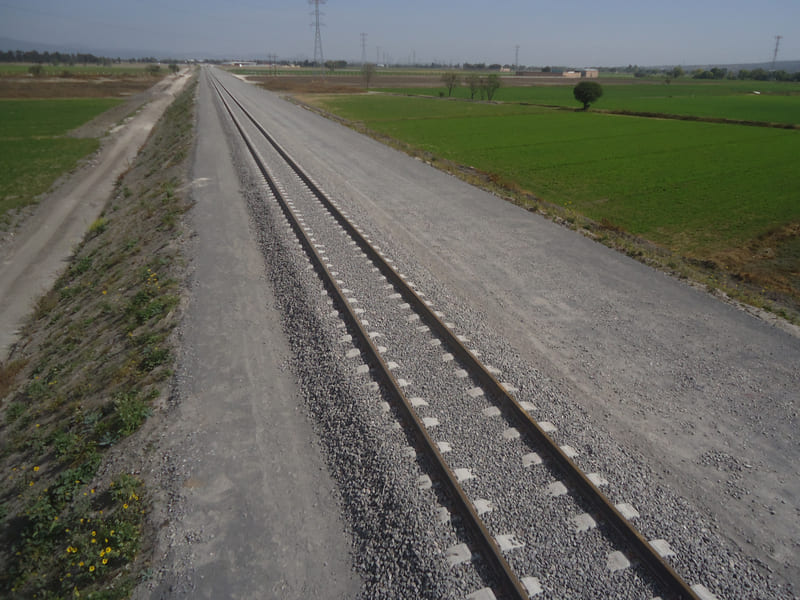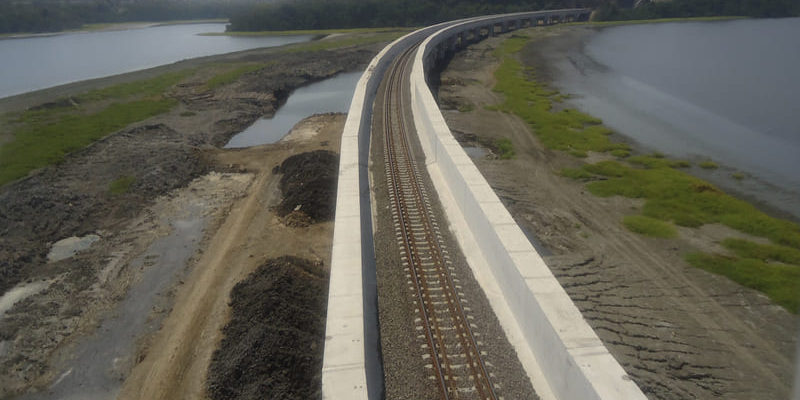- In the world of rail infrastructure construction, viaducts emerge as critical elements that enable the efficient and safe transit of trains over geographical obstacles or urban areas. At Nexumrail, we deeply understand the relevance of these components and, through this article, we want to share the importance of railway viaducts and how their proper construction and maintenance contribute to the operational success of the railway system.
What are Railway Viaducts?
Railway viaducts are long bridges specifically designed to allow trains to pass over valleys, rivers, roads or any other type of obstacle that can interrupt a straight rail path. They are vital to ensure that rail routes are as direct and efficient as possible, minimizing curves and rough terrain that can slow down train traffic.

Importance of Railway Viaducts
Improved Connectivity:
- Viaducts allow the creation of direct routes, eliminating natural or artificial obstacles and improving connectivity between different regions.
2. Efficiency and Speed:
- By allowing a straighter and more level route, viaducts contribute to the efficiency and speed of rail service, which is crucial for passenger and freight transportation.
3. Safety:
- Viaducts provide safe passage over obstacles, reducing the risks associated with grade crossings and other hazards.
4. Economic Development:
- They facilitate the efficient transport of goods, boosting trade and economic growth in the regions connected by the rail network.
5. Reduced Environmental Impact:
- Viaducts can be designed to minimize environmental impact, protecting sensitive ecosystems and reducing the carbon footprint of rail transport.


